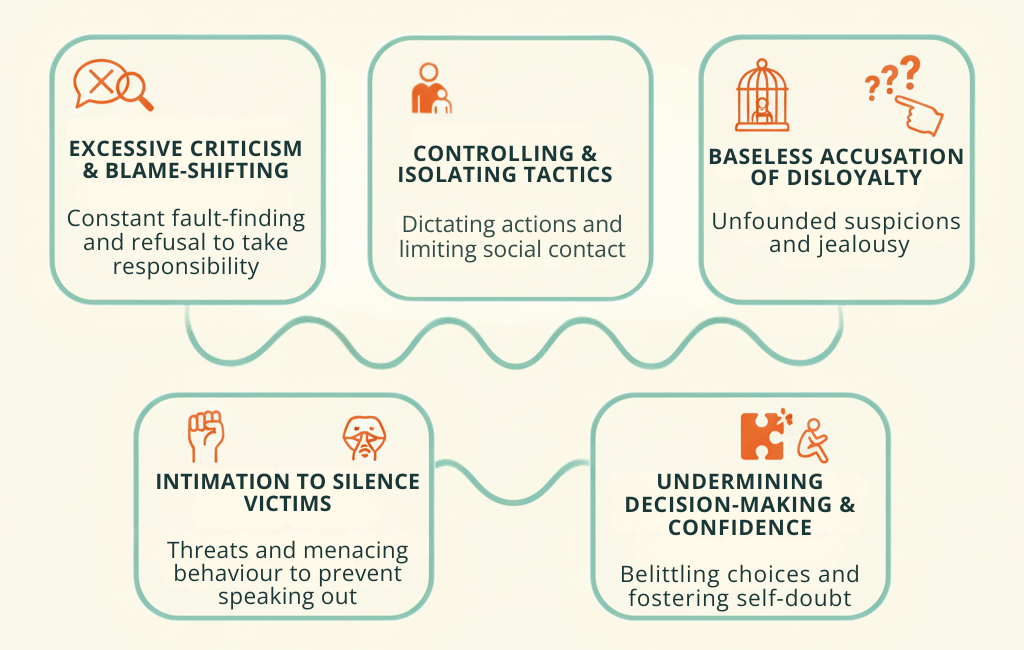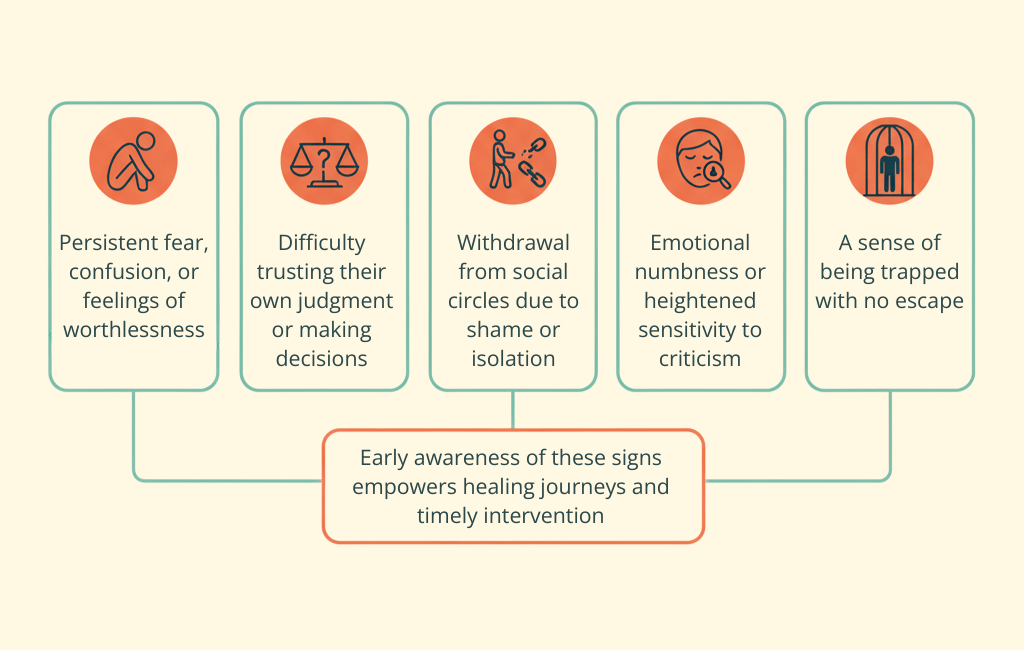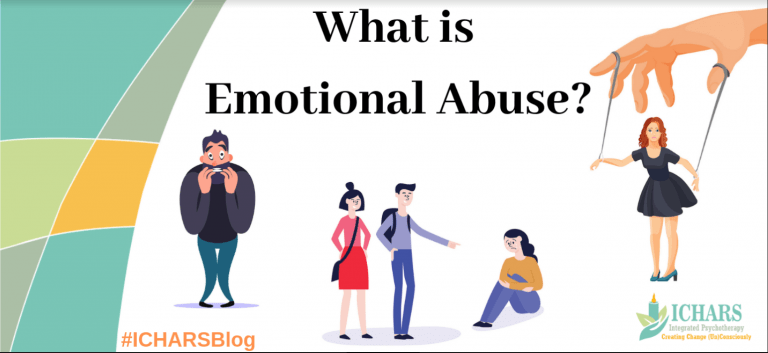Understanding Emotional Abuse: The Hidden Wound
Emotional abuse is a deeply damaging yet often invisible form of maltreatment that can occur in intimate relationships, families, friendships, or workplaces. Unlike physical abuse, emotional abuse erodes self-worth, autonomy, and mental well-being without leaving visible scars.
It undermines personal identity, leaving survivors doubting their reality and trapped in cycles of fear and manipulation. Recognizing emotional abuse is vital, as its silent nature often allows it to go unnoticed and untreated.
The Impact of Emotional Abuse: Profound and Long-Lasting
Research shows that emotional abuse can be as damaging, or even more harmful, than physical or sexual abuse. A comprehensive study involving 748 college students revealed that those who experienced emotional abuse scored significantly higher on measures of depression, anxiety, stress, and neuroticism compared to peers who experienced physical or sexual abuse alone (Dye, 2019).
Emotional abuse disrupts emotional regulation and brain development, often resulting in chronic mental health issues such as low self-esteem, mood disorders, anxiety, and even physical symptoms like insomnia and fatigue (Heim et al., 2013). This trauma can persist well into adulthood, influencing personal relationships and quality of life.
Recognizing Emotional Abusers and Their Behavioral Patterns
Emotional abusers often operate from their own insecurities and fears. Common behaviors include:

- Excessive criticism and blame-shifting
- Controlling and isolating tactics
- Baseless accusations of disloyalty
- Intimidation to silence victims
- Undermining decision-making and confidence
Understanding these patterns helps survivors and therapists identify and respond to emotional abuse more effectively.
Types of Emotional Abuse: What to Watch For
Emotional abuse can manifest in various forms, including:
- Verbal and Psychological Abuse: yelling, name-calling, humiliation, gaslighting
- Neglect and Rejection: ignoring communication, withholding affection
- Control and Domination: micromanaging life decisions, restricting access to finances or social contact
- Isolation and Codependency: creating unhealthy dependence, denying individuality
Recognizing these types provides a clearer lens for identifying abuse early.
Telltale Signs of Emotional Abuse
Victims may exhibit:

- Persistent fear, confusion, or feelings of worthlessness
- Difficulty trusting their own judgment or making decisions
- Withdrawal from social circles due to shame or isolation
- Emotional numbness or heightened sensitivity to criticism
- A sense of being trapped with no escape
Early awareness of these signs empowers healing journeys and timely intervention.
Healing Emotional Abuse with Advanced CHP Techniques
Cognitive Hypnotic Psychotherapy (CHP) integrates cognitive, behavioral, psychodynamic, humanistic, and hypnotic methods to create a holistic approach to emotional abuse recovery. CHP helps clients rebuild self-worth, emotional regulation, and autonomy through evidence-based therapeutic strategies.
Core Recovery Techniques: NLP and Hypnosis
- Hypnosis: Hypnotherapy facilitates a state of deep relaxation that allows safe access to trauma memories, aiding in emotional processing and symptom reduction. Studies confirm its effectiveness in treating trauma-related conditions such as PTSD, anxiety, and depression, helping clients manage intrusive thoughts and reclaim calm (Psych Central, 2022; Spiegel, 1990).
- Neuro Linguistic Programming (NLP): This technique helps survivors reframe negative internal narratives, build empowering self-stories, and regain control over their emotional responses. NLP has been documented to support breaking free from emotional abuse by reinforcing boundaries and self-worth (Case Study, ANLP, 2025).
Complementary CHP Methods for Deeper Healing
- Metaphor Therapy: Employs guided imagery to bypass psychological resistance and tap into subconscious healing resources.
- Mindfulness Practices: Cultivates awareness of emotional triggers and nurtures self-regulation skills.
- Parts Integration: Resolves internal conflicts born of trauma, fostering internal harmony and cohesive self-identity.
- Regression Therapy: Safely revisits the origins of trauma to facilitate release and cognitive reframing.
- Inner Child Work: Restores connection with the wounded self to nurture unmet past needs and foster self-compassion.
- Ho’oponopono Practices: An ancient Hawaiian method promoting forgiveness and dissolving resentment through affirmations.
- Timeline Therapy: Reframes life narratives by modifying subconscious memories and emotional responses along personal timelines.
- Anchoring Techniques: Establishes internal cues that evoke calm, confidence, and strength during distress.
- Future Pacing: Guides visualization of positive future scenarios to build hope and motivation for recovery.
Together, these techniques empower survivors to rebuild resilience, personal boundaries, and emotional freedom.

Actionable Therapist Strategies for Supporting Survivors
- Develop sensitivity to subtle, often hidden signs of emotional abuse.
- Collaborate with clients to rebuild self-esteem, autonomy, and decision-making skills.
- Employ a flexible blend of CHP techniques tailored to individual trauma profiles.
- Support clients in cultivating ongoing mindfulness and self-compassion practices beyond therapy sessions.
- Encourage clients’ gradual reclaiming of assertiveness and confidence.
A Path to Wholeness Beyond Emotional Abuse
While emotional abuse leaves invisible scars, advanced integrative therapies based on CHP principles enable profound healing and transformation. Survivors can reclaim their voice, identity, and life control with specialized interventions that address the unique depth of their trauma.
For mental health professionals, expanding expertise in NLP, hypnosis, regression, and these advanced therapeutic modalities offers new avenues to deepen clinical impact. Enhancing skills through continuous professional development can help therapists deliver more transformative and lasting recovery experiences for clients navigating emotional abuse.
References
- Dye, H.L. (2019). Is Emotional Abuse As Harmful as Physical and/or Sexual Abuse? PMC.
https://pmc.ncbi.nlm.nih.gov/articles/PMC7683637/ - Heim, C., et al. (2013). Childhood emotional abuse and brain development. Psychotraumatology Journal.
- Psych Central. (2022). Can Hypnotherapy Help with Trauma?
https://psychcentral.com/health/hypnotherapy-trauma - Spiegel, D. (1990). New uses of hypnosis in the treatment of PTSD. Journal of Clinical Psychiatry.
https://pubmed.ncbi.nlm.nih.gov/2211565/ - ANLP Case Study (2025). How NLP Helped Break Free from Emotional Abuse.
https://anlp.org/index.php/case-studies/how-nlp-helped-a-pakistani-woman-break-free-from-emotional-abuse - Christian Health NJ. (2025). How Hypnosis Enhances Talk Therapy.
https://www.christianhealthnj.org/news/2025/september/unlocking-the-mind-how-hypnosis-enhances-talk-th/
If advancing therapy expertise in emotional abuse recovery resonates with mental health practitioners, exploring specialized training in CHP and integrative healing can open new pathways to empower clients toward resilience and wholeness. This growing set of tools offers powerful resources for transforming trauma’s hidden wounds into strength and personal growth.

